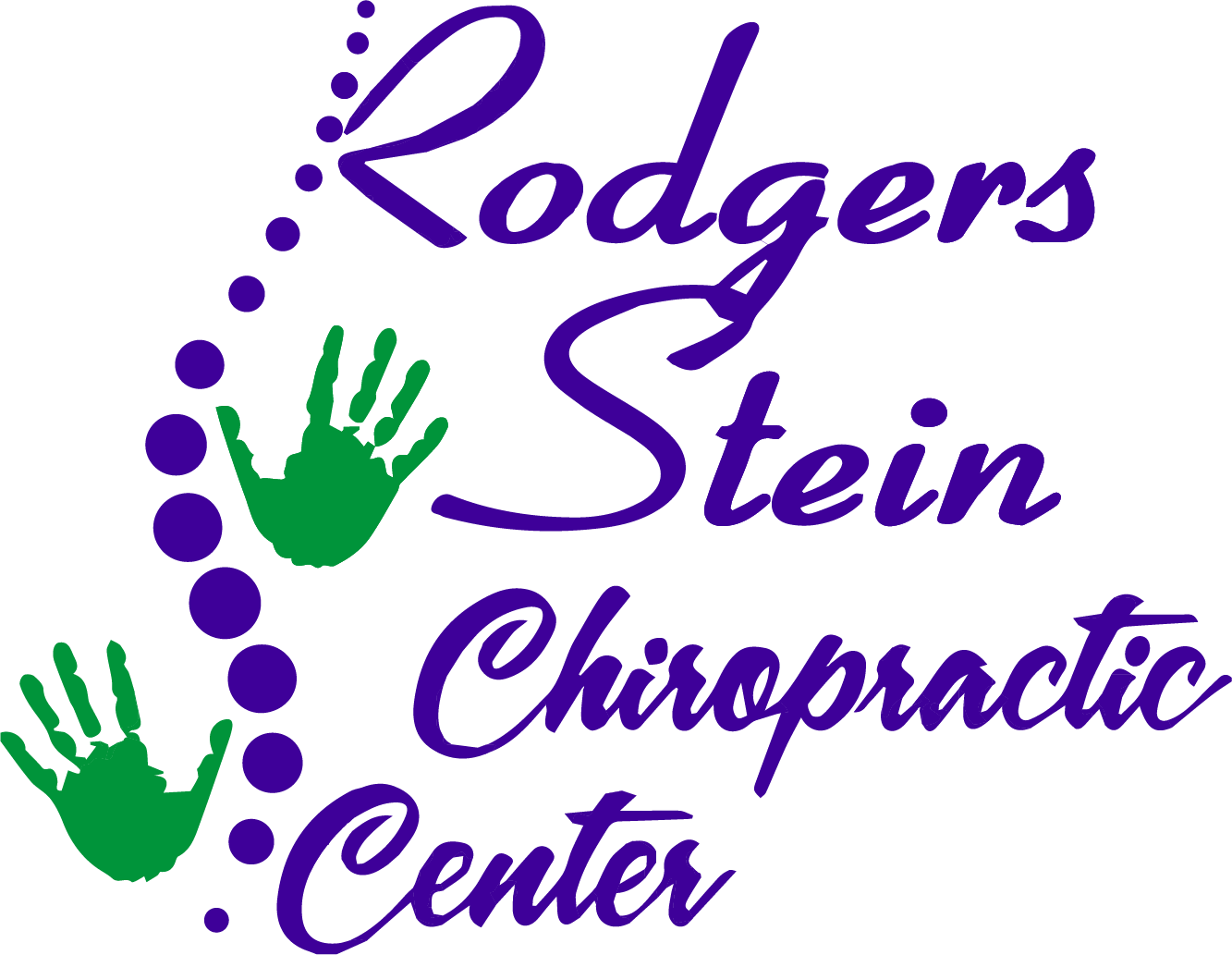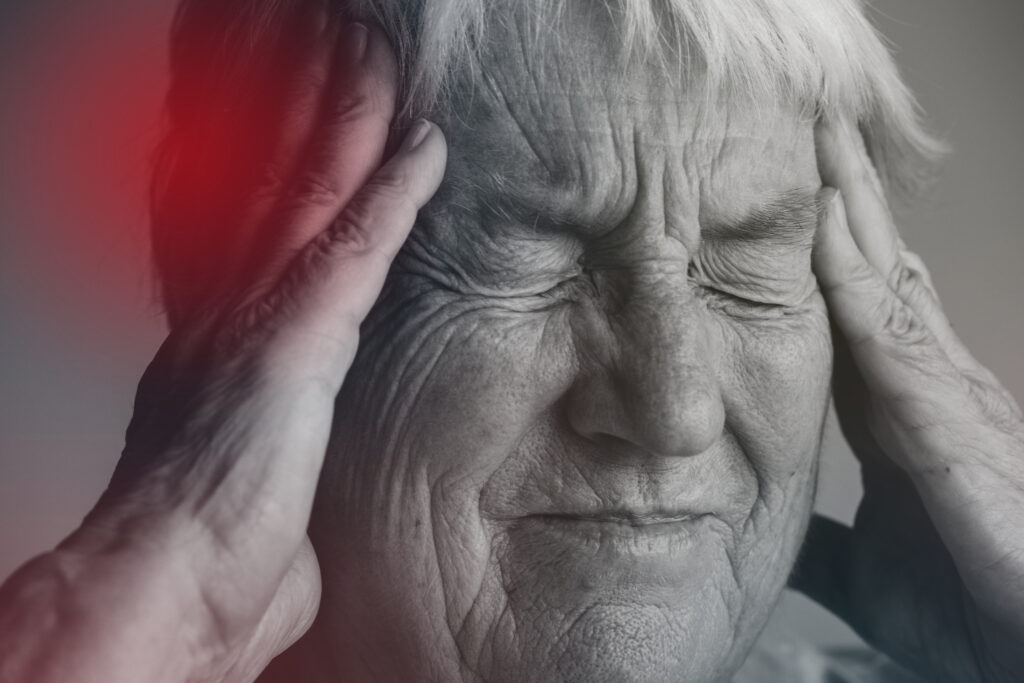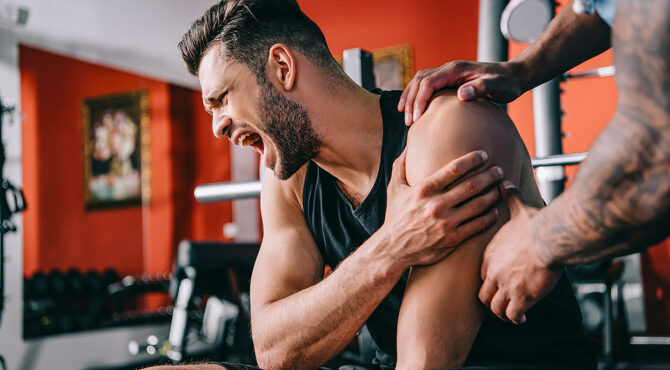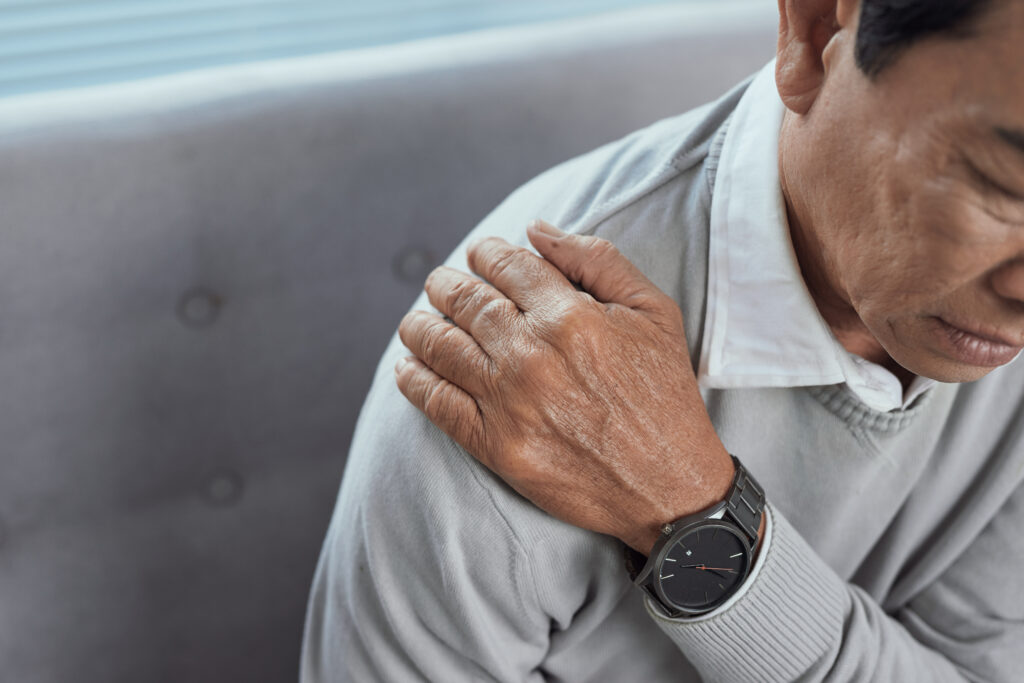When it comes to recovering from a sports injury, many people might initially think of traditional methods like physical therapy. While these approaches have their merits, I want to introduce you to the benefits of chiropractic care and natural healing techniques that can play a significant role in your recovery journey.
Chiropractic care focuses on restoring proper alignment and function to your body, which can help alleviate pain and enhance your overall healing process. Techniques such as spinal adjustments and soft tissue therapy are designed to address the root cause of your injury, rather than just treating the symptoms.
In addition to chiropractic adjustments, incorporating innovative options like cryotherapy may help reduce inflammation and speed up recovery. Moreover, exploring virtual reality training can aid in rehabilitation by providing a safe and engaging environment for movement practice.
I also encourage you to consider alternative therapies, such as acupuncture or massage, which can offer different perspectives on healing and recovery. The key is to personalize your recovery plan based on your unique needs and circumstances.
As you navigate these various options, remember that the best approach for you may come from a blend of techniques. It's important to stay open-minded and willing to explore how chiropractic care and natural healing can support your recovery. Your journey to wellness might lead you to surprising and effective solutions.
Traditional Recovery Methods
As a local chiropractor, I want to emphasize the importance of traditional recovery methods that can enhance your healing process after a sports injury.
First and foremost, rest and rehabilitation are crucial. Your body requires time to heal, and ignoring pain can lead to further complications. Taking a break allows your muscles, ligaments, and tendons to recover effectively. It's essential to listen to your body; if you're experiencing soreness, it's a clear indication that you need to slow down and allow for proper healing.
Rehabilitation is a key aspect of recovery, and chiropractic care can play a significant role in this process. By assessing your injury, I can create a personalized plan that focuses on restoring strength, flexibility, and range of motion. Through targeted adjustments and therapeutic exercises, we can promote healing while minimizing the risk of further injury.
In addition to chiropractic adjustments, incorporating ice and compression into your recovery routine is vital. Ice helps to reduce inflammation and manage pain, while compression supports the injured area and enhances blood circulation.
Always remember to elevate the affected limb when you can, as this simple step can significantly reduce swelling.
Nutrition is another important factor in your recovery. Maintaining a balanced diet filled with nutrient-rich foods provides your body with the vitamins and minerals it needs for healing. Protein is especially important for tissue repair, so make sure to include it in your meals.
Staying hydrated is equally crucial, as water aids in the transportation of nutrients and helps flush out toxins from your system.
Lastly, I urge you to be patient throughout your recovery journey. Each individual heals at their own pace, and rushing the process can lead to setbacks. Trust in the traditional methods, including chiropractic care, and together we can lay a solid foundation for your return to the sport you cherish.
Innovative Techniques
As a local chiropractor committed to your well-being, I want to emphasize that while traditional recovery methods are vital, integrating innovative techniques can significantly enhance your healing journey after a sports injury.
These modern approaches not only expedite your recovery but also boost your overall performance, enabling you to return to your sport even stronger.
One innovative method we often utilize in our practice is advanced imaging technology, such as MRI or ultrasound.
These tools help us accurately assess the severity of your injury, allowing us to craft a personalized treatment plan tailored specifically to your needs.
Furthermore, we can analyze your biomechanics to identify any movement patterns that may have led to your injury.
By addressing these issues during your recovery, we can help you avoid future setbacks.
In our clinic, we also harness the power of electrical stimulation devices.
These tools are designed to promote muscle recovery by improving blood flow and reducing inflammation.
They can be particularly beneficial in preventing muscle atrophy as you heal.
Additionally, we often recommend therapies like cryotherapy or infrared treatment, which can alleviate pain, reduce swelling, and improve circulation, providing you with much-needed relief.
Another exciting development in injury recovery is virtual reality (VR) training.
This immersive technology allows you to engage in simulations that enhance your coordination and cognitive skills while minimizing physical strain.
Not only does this keep your mind sharp, but it also helps you maintain your athletic edge during your recovery.
Lastly, wearable technology, such as smart bands or activity trackers, can be valuable tools in monitoring your recovery progress.
By tracking key metrics like heart rate, movement, and activity levels, you can make informed decisions about your rehabilitation journey.
Embracing these innovative techniques, alongside chiropractic care, can have a profound impact on your recovery and overall performance.
Together, we can ensure that you heal effectively and safely, paving the way for a successful return to your sport.
Alternative Therapies
As a local chiropractor, I want to share with you the benefits of alternative therapies, especially for athletes recovering from sports injuries. Many athletes are discovering that these holistic approaches not only support physical healing but also enhance mental and emotional well-being.
One of the key therapies I offer is chiropractic care, which focuses on aligning the spine and improving mobility. This is crucial for anyone recovering from injuries, as proper spinal alignment can lead to better movement and reduced discomfort. By addressing any misalignments in your body, we can help stimulate your natural healing processes, allowing you to recover more effectively.
In addition to chiropractic adjustments, I often recommend complementary therapies such as acupuncture and massage therapy. Acupuncture involves inserting thin needles into specific points on the body to alleviate pain and reduce inflammation. This ancient practice can be a valuable addition to your recovery plan, as it may encourage your body's innate ability to heal.
Massage therapy is another powerful tool in the recovery process. It enhances circulation, alleviates muscle tension, and promotes relaxation. Whether you choose deep tissue or sports massage, the benefits can significantly speed up your recovery time and improve your range of motion.
Herbal remedies and supplements are also gaining popularity among athletes. Many find that natural products can aid in reducing inflammation and supporting overall recovery. However, it's essential to consult with a healthcare professional before starting any new therapy or supplement regimen to ensure it aligns with your individual health needs.
Incorporating chiropractic care and other alternative therapies into your recovery plan can provide the additional support you need to return to your sport feeling stronger and more balanced than ever.
I'm here to guide you through this journey, answering any questions you may have about natural healing methods. Let's work together to optimize your recovery!
Evidence-Based Approaches
As your local chiropractor, I want to emphasize the importance of evidence-based approaches in your recovery from sports injuries. These methods are grounded in scientific research and clinical findings, ensuring that you receive the most effective and natural treatment possible. By focusing on evidence-based practices, you can enhance your chances of a successful and full recovery.
Here are three key components of evidence-based approaches that I want you to understand:
- Assessment and Diagnosis: An accurate diagnosis is crucial for effective treatment. Utilizing advanced imaging techniques, such as MRI or X-rays, helps us identify the specific nature of your injury. This allows us to create a personalized treatment plan that addresses your unique needs.
- Rehabilitation Protocols: Our rehabilitation protocols are based on the latest clinical trials and research. These protocols consist of targeted exercises and natural healing modalities that have proven effective for similar injuries. This ensures you're engaging in the right activities to facilitate your recovery without wasting time on ineffective methods.
- Outcomes Measurement: We believe in tracking your progress using validated assessment tools. This data-driven approach helps us evaluate how well your treatment is working and allows us to modify your recovery plan as necessary. By continuously monitoring your progress, we can ensure that you're always on the path to healing.
Incorporating these evidence-based methods into your recovery plan can significantly impact your healing journey. By prioritizing scientifically supported techniques, you give yourself the best opportunity to return to your sport stronger and healthier.
Personalizing Recovery Plans
As a local chiropractor, I want to emphasize the importance of tailoring your recovery plan to maximize your healing after a sports injury. Each athlete's body reacts differently to injuries and treatments, so what may have worked for someone else mightn't suit your unique situation.
It's crucial to consider factors such as the type of injury you have, your fitness level, and your personal goals when creating your recovery strategy. I encourage you to consult with a healthcare professional, like myself, who specializes in understanding your specific injury.
My role is to provide insights and recommend rehabilitation exercises that are right for you. Regularly monitoring your progress is essential; if something doesn't seem to be helping, it's important to adjust your plan accordingly. Flexibility is vital—what feels effective today might change tomorrow.
Incorporating a variety of recovery techniques can be beneficial. This could include chiropractic adjustments, physical therapy, massage, or even alternative therapies like acupuncture.
Don't underestimate the mental aspect of recovery; techniques such as mindfulness and visualization can significantly enhance your healing process, keeping you focused and motivated. Nutrition plays a crucial role in your recovery as well.
It's important to fuel your body with the right nutrients to support healing. Consuming foods that are rich in protein, healthy fats, and antioxidants can make a difference in how quickly you recover.
Lastly, it's important to set realistic goals and celebrate the small victories along the way. Personalizing your recovery plan not only facilitates a faster healing process but also empowers you to regain your confidence and return to the sport you love.
Conclusion
As a local chiropractor, I want to emphasize the importance of incorporating a variety of approaches to enhance your recovery from sports injuries. By blending traditional chiropractic care with innovative techniques and alternative therapies, we can create a personalized recovery plan tailored to your unique needs and goals. This not only promotes physical healing but also strengthens your mental resilience.
Staying motivated and maintaining focus on your recovery journey is crucial. Whether you opt for chiropractic adjustments, rehabilitation exercises, or explore advanced healing methods, it's important to remember that a holistic approach can significantly improve your overall well-being. I'm here to guide you through this process, ensuring you understand the benefits of natural healing and how it can support your path to recovery.



